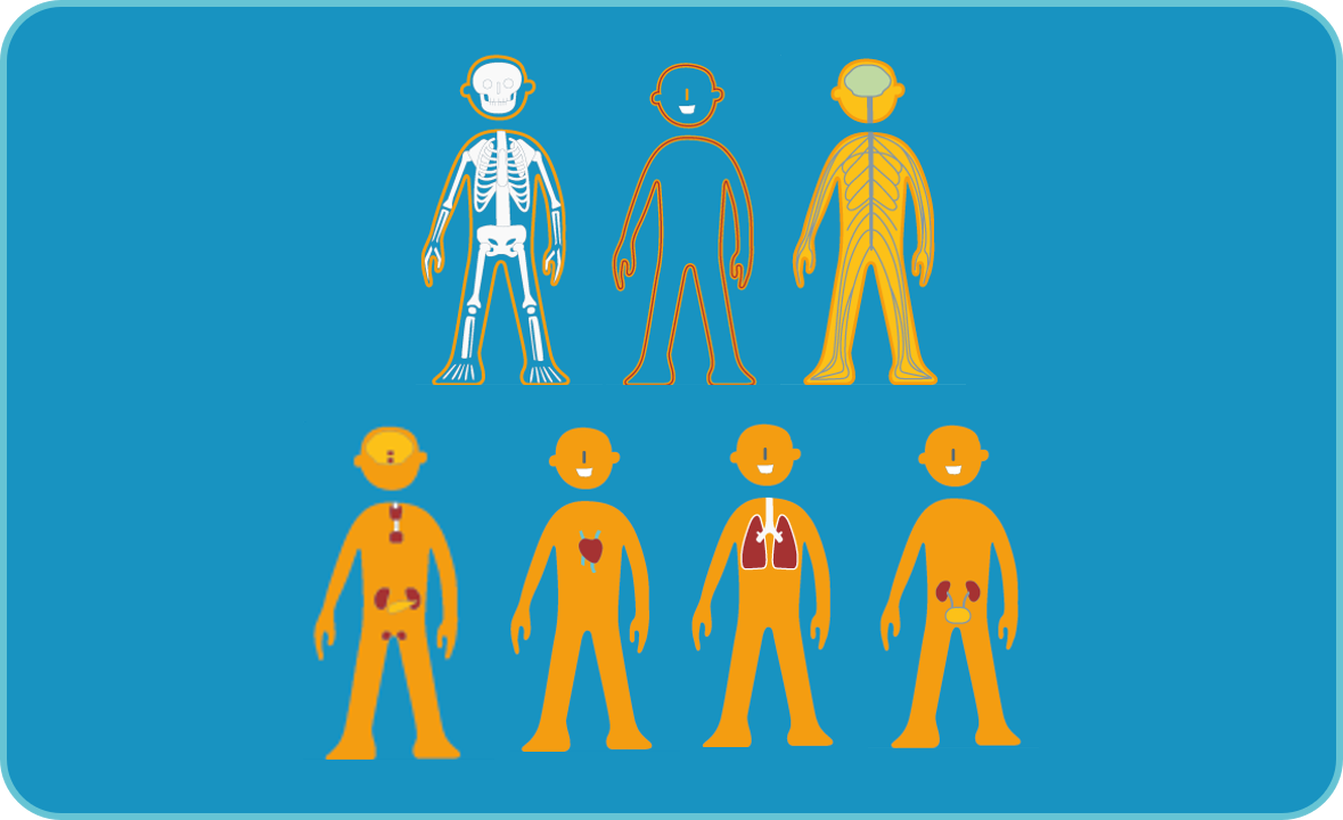AGE RELATED CHANGES
Bones begin to lose mass (atrophy) and mineral content with age. This loss of bone mass is accelerated in women following menopause. The reduction in minerals causes bones to become more brittle.
The tissues between the bones of the spine (vertebrae), called disks, begin to lose fluid, leading to a shortening of the spine, and loss of height.
Joints become stiffer partially due to a reduction of fluid in the joint capsule, sometimes causing damage to the cartilage. A slowing cartilage regeneration can cause damage, particularly in the knees and hips.
Ageing causes a drop in muscle mass, caused by a loss of muscle tissue. The characteristics of muscle tissues can also change, as lost muscle tissue may be replaced with tough fibrous tissues.
COMMON AGE RELATED ILLNESSES
- Osteoporosis: a weakening of the bones
- Osteoarthritis: painful and stiff joints
- Rheumatoid arthritis: a progressive disease, causing inflammation of the joints
- Acute infectious arthritis: a joint infection that develops over a short time frame
- Muscle pain: stiffness and pain in the muscles and ligaments
